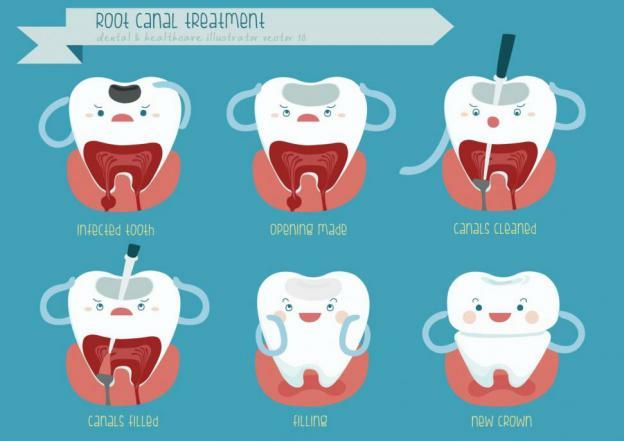The best dentist in Cinnaminson NJ will explain about Root Canal in this Article.
Root canal is one dental treatment that has earned a bad reputation among patients over the years.
According to the American Association of Endodontists, general dentists and endodontists carry out an estimated 15.1 million root canal treatments each year. From these statistics, it is evident that the procedure takes place very frequently. Yet somehow, it instills a sense of fear and apprehension in most patients. One way to minimize or eliminate the anxiety associated with root canals is to learn more about it. How the process is and what the benefit is.
Here’s everything you need to know about this restorative dental procedure from best dentist in Cinnaminson NJ:
Who needs a root canal?
When the tooth pulp becomes infected, that’s when you need root canal. This pulp is located within the center of a tooth and consists of nerves and blood vessels responsible to provide sensory function. The infected tooth pulp eventually breaks down, leading to multiplication of bacteria and formation of pus-filled pockets, known as abscess, in the pulp chamber. Some warning signs that indicate its need include:
- Severe tooth pain
- Increased sensitivity
- Gum inflammation
How does a root canal work? (Explained by best dentist in Cinnaminson NJ)
Root canal is a multi-step process, the duration of which often depends of the severity of the situation. These steps from best dentist in Cinnaminson NJ are as follows:
Administration of anesthesia
For a pain-free dental treatment, dentists numb the area around the infected tooth. Local anesthetics can be helpful for this purpose, but in certain cases, supplementary anesthetics techniques may also be necessary to minimize discomfort.
Cleaning the canal:
Next, the dentist will clean infected root canal with the help of small files. In order to remove the decayed pulp tissue, dentist will create an access hole on the surface of the tooth. Through this hole, the dentists clean and enlarge and shape the canals for the step to follow.
Canal Filling:
Once decontaminated, the canals are filled with a rubbery solution after which they are sealed with adhesive cement.
Crown Placement:
To restore the natural shape of the tooth after removal of infected pulp, a crown or filling is placed over the tooth. Without pulp, the fragility of a tooth increases, and a crown can protect the tooth from further damage.

How can I get one from best dentist in Cinnaminson NJ?
If you have been experiencing a sharp and persistent pain in your teeth, you can visit Dr. Huh at Rapha Dental, for a thorough oral exam after which he will recommend a root canal, if it is needed.
Dr. Huh is a highly qualified dental professional at Rapha Dental, who offers reliable general and cosmetic dental treatments in New Jersey, at the most affordable rates possible. Whether you need an aesthetic crown or a dental implant, he will cater to your all your dental needs and help you regain the confidence to smile!
To schedule a virtually pain-free root canal treatment with the best dentist in Cinnaminson, NJ, get in touch with us today at (856) 829-8668. You can also send us an email at info@raphadentalllc.com. You can also make an appointment online by clicking HERE.

